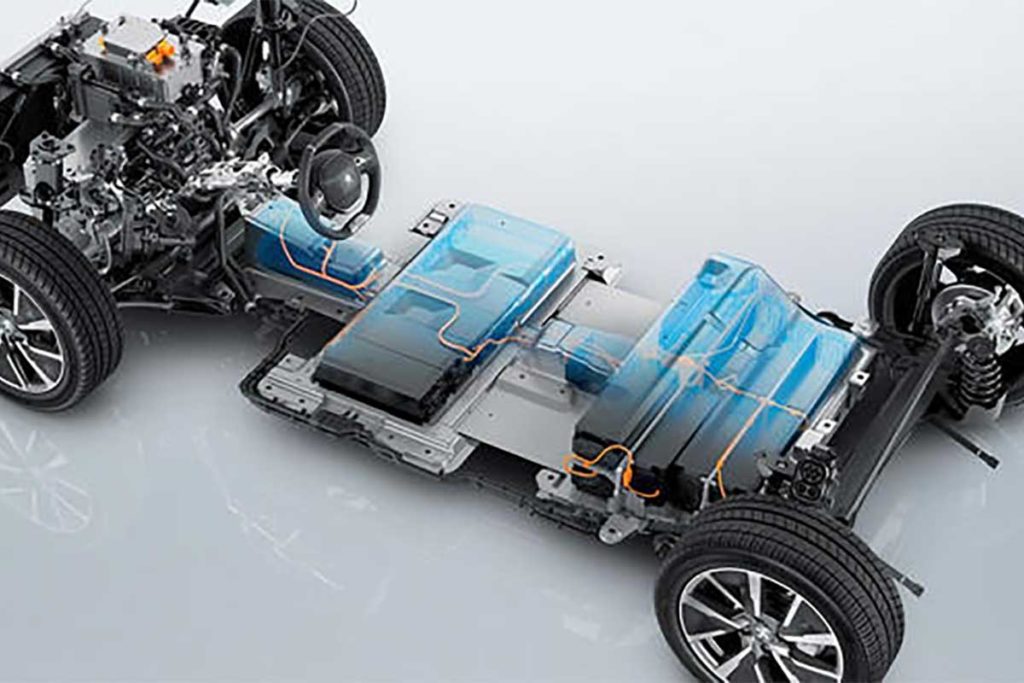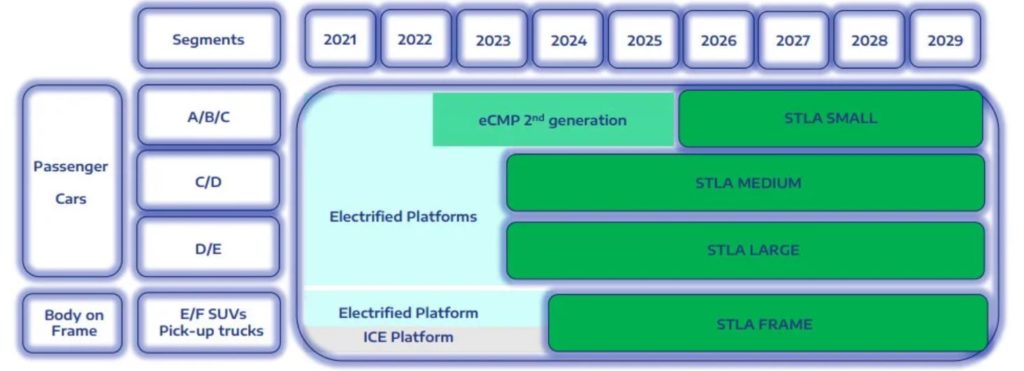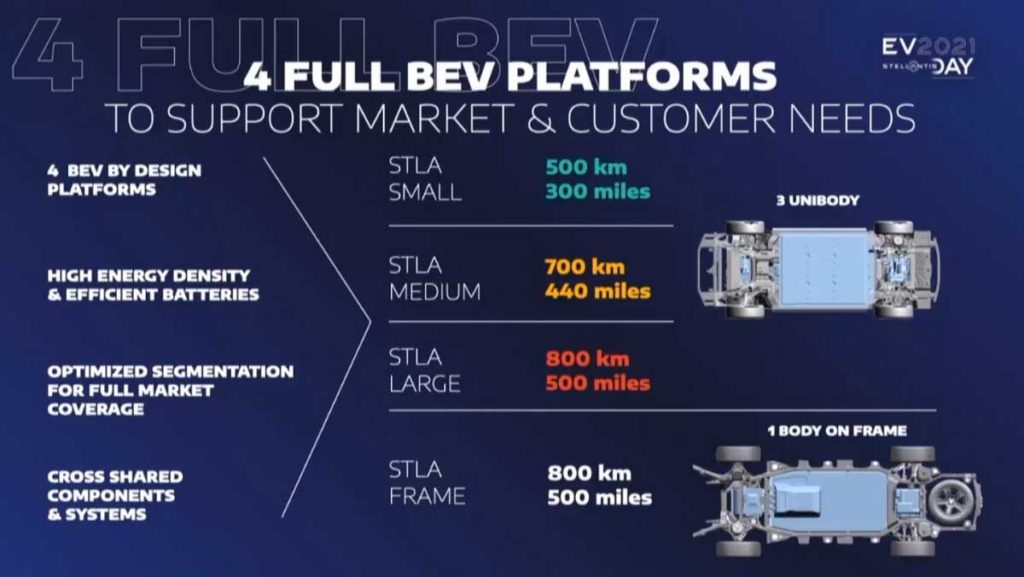
Stellantis is already redefining plans for the future of electric platforms. The company plans to launch several flagship models on new-generation electric platforms (STLA Small, STLA Medium, STLA Large, STLA Frame), the issue of vehicle autonomy and price is becoming more crucial than ever.

The STLA Small platform, an evolution of the eCMP, is at the heart of these ambitions. This model will be used for vehicles ranging from the future Peugeot 208to more distant models such as the new Fiat 500 or Fiat Panda, due in 2030. However, one question remains: will this platform be able to meet consumer demands in terms of autonomy and price?
STLA Small: a new platform, but with constraints

The STLA Small will cover the A, B and C segments, with a target range of 500 km for electric vehicles. By way of comparison, the CMP platform, on which the Fiat 600 hybrid is already based, offers a relatively low entry price, with models starting at around €25,000. The Peugeot 208 starts at €19,000. However, these vehicles can only be fitted with front-wheel drive, and the addition of an extra electric motor at the rear, as can be seen on the following pages, is not an option. see it on the Alfa Romeo Q4is limited to a supporting role.
The STLA Small platformalthough suitable for small urban vehicles, seems less ideal for upper segments. In fact, it doesn't allow us to offer full transmissions or exceptional ranges. In contrast, the STLA Medium platform, which will be used for models such as the future Lancia Gamma or the Peugeot 308, offers a wider range of powertrains (MHEV, PHEV, electric), all-wheel drive and a range of up to 750 km. the new DS N°8.
The price war, a determining factor
The automotive sector is going through a period of turbulence, with increasing competition from Chinese manufacturers and pressure from low-cost electric vehicles. Even Tesla's forthcoming Model Q, expected to cost less than €30,000, is likely to upset the balance of the market. It's against this backdrop that Stellantis must find the right compromise between cost, performance and autonomy.
If the STLA Medium platformalthough more expensive with models at prices starting from €30,000While the Lancia Delta may offer better performance and longer range, it risks being too expensive to appeal to a wider customer base. The question then arises: which platform to choose for models like the Lancia Delta, the Alfa Romeo Alfetta or even the Peugeot 308? The advantages of the STLA Medium are undeniable, but the price is an obstacle. The STLA Small, on the other hand, could prove more profitable, but with compromises to accept in terms of performance.
Stellantis already wants to improve STLA Small
Faced with these challenges, Stellantis seems to have realized the importance of the STLA Small platform in its model portfolio. According to our information, the company is already working on improving this platform to achieve an ambitious goal: increasing range to 700 km.This represents a 200 km improvement on the initial target. This decision could enable the STLA Small to become a strategic pillar of Stellantis' offering, particularly for volume models. Stellantis could then decide to base future Lancia Delta, Peugeot 308 or Alfa Romeo Alfetta models on this platform.
The company can also count on its partnership with Emotors, which already equips several Stellantis models, for improve energy efficiency of its vehicles. Emotors equips several of the group's vehicles, including the Peugeot e3008 and the Alfa Romeo Junior Veloce with its M4 engine, the Peugeot e208 and the Lancia Ypsilon with its M3 engine, and the Citroën e-C3 and the Fiat Grande Panda with its M2 engine. This partnership could play a key role in optimizing the range and performance of future Stellantis electric models.
The group can also count on on its new strategic partnership with CATLa Chinese leader in LFP batteries. CATL to open a plant in SpainThis could enable Stellantis to produce batteries at a lower cost, offering a decisive advantage in the price war. LFP batteries are particularly well-suited to low-cost vehicles, as they are less expensive to produce while offering good range.
The partnership with Amazon should also quickly bear fruit in terms of battery management, scheduling, recharging and so on. To date, BMW is far ahead...